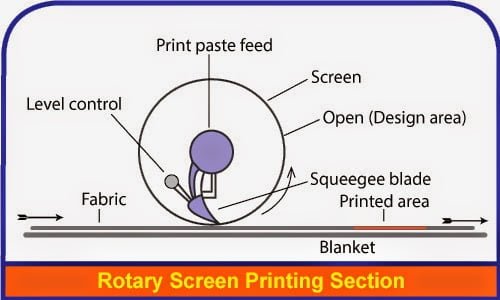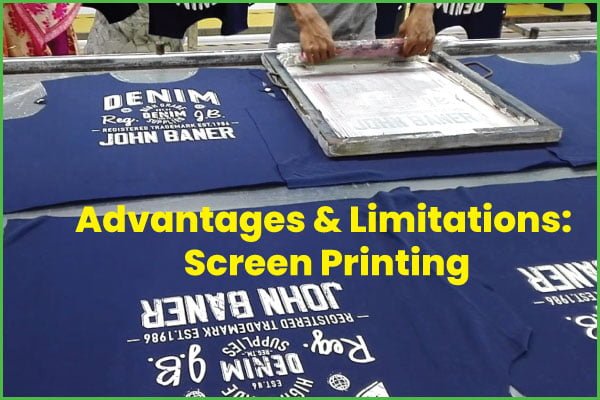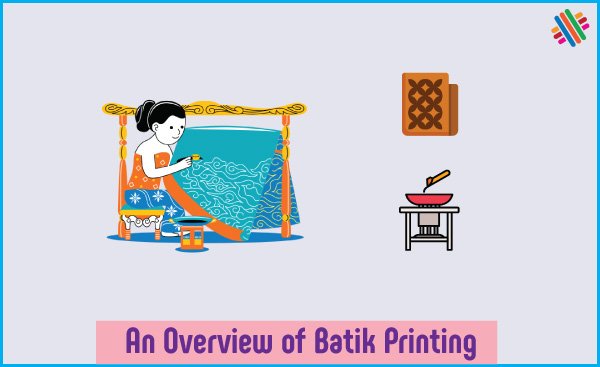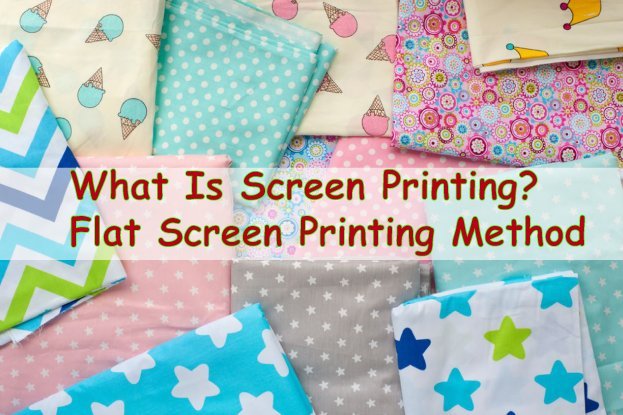Rotary Screen Printing Method
Fully-automatic flat screen printing is not continuous yet. Rotary-screen printing on the other hand is continuous. Rotating screens are used which are automatically fed (by means of pumps) with paste from inside. Driving the screens can be done at either side. The value of continuous rotary-screen printing first became apparent in the 1960s. The hollow […]






